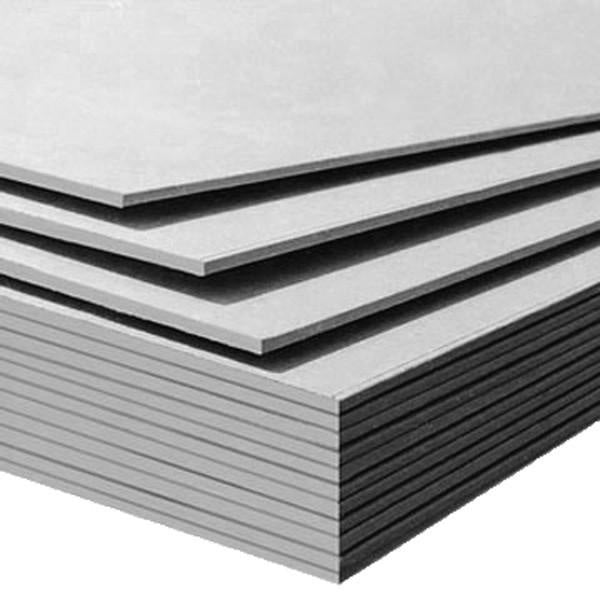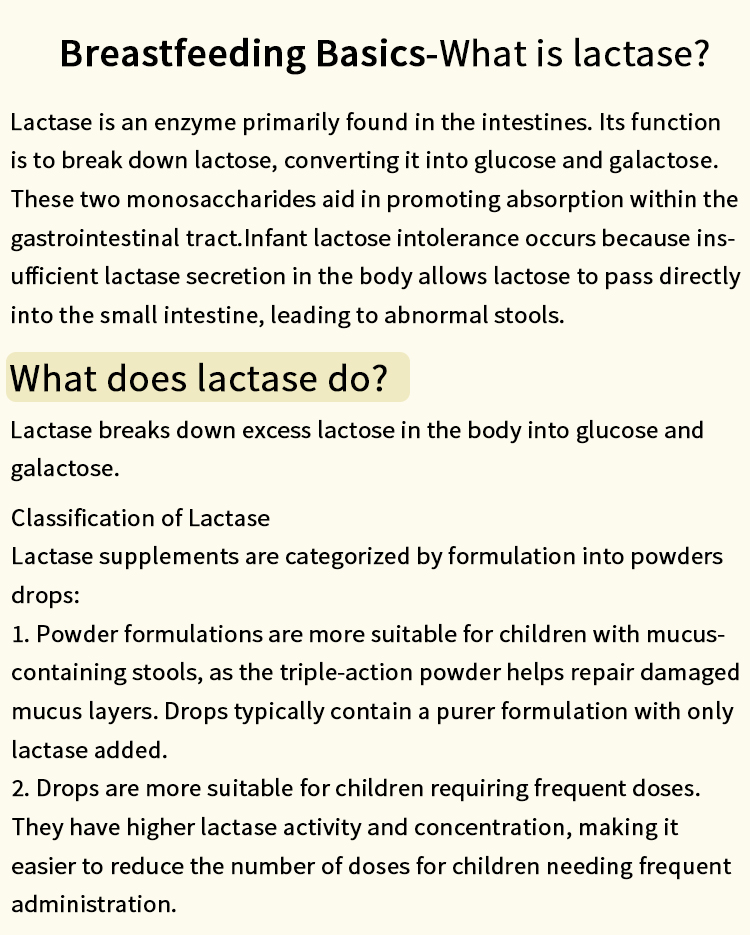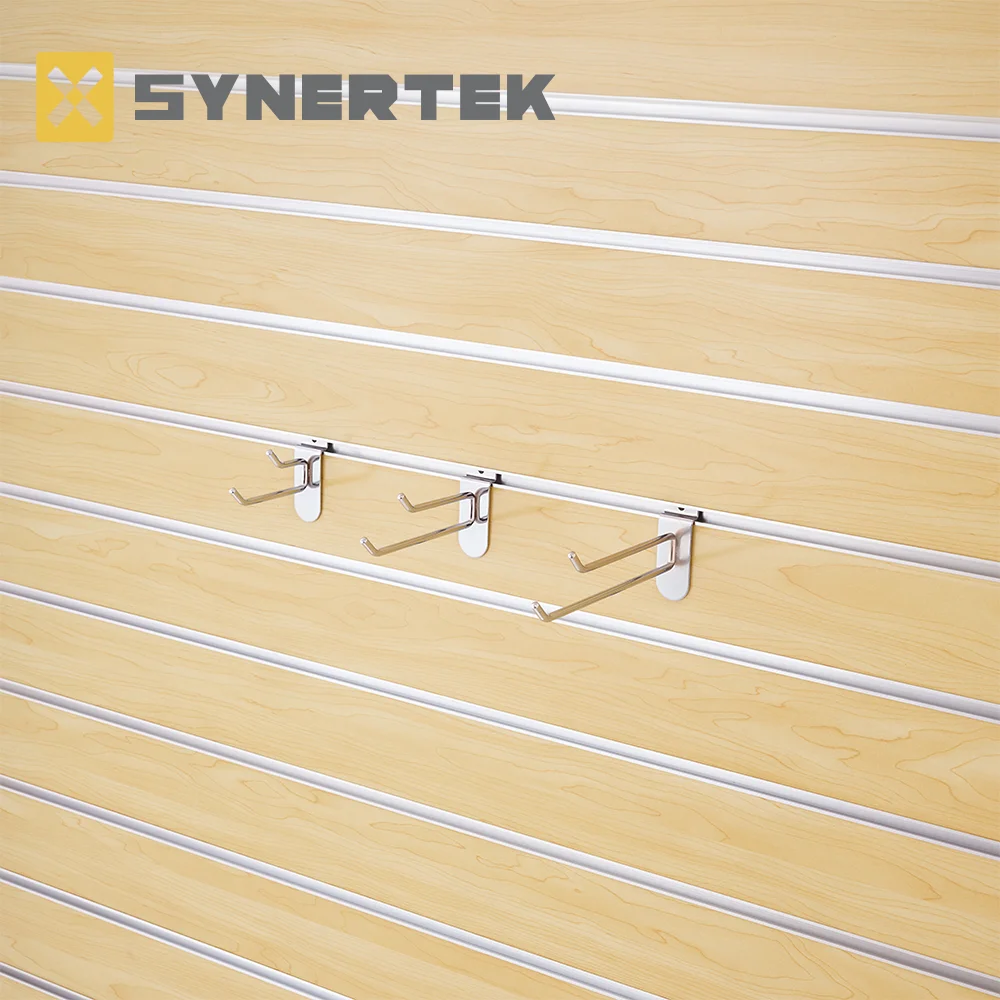
In the realm of construction and interior design, drywall has long been the go-to material for creating walls and ceilings. However, with the increasing demand for waterproof solutions in areas prone to moisture, it becomes essential to explore alternatives that offer both functionality and durability. In this article, we will delve into the world of innovative waterproof alternatives to drywall, providing you with a comprehensive understanding of their benefits, applications, and the latest advancements in the field.
- Cement Board: The Sturdy and Waterproof Solution
Cement board emerges as a top contender when it comes to waterproof alternatives to drywall. Composed of cement and reinforcing fibers, this material offers exceptional resistance to moisture, making it ideal for areas such as bathrooms, kitchens, and basements. Its durability and ability to withstand high humidity levels make it a reliable choice for long-term use. - Fiberglass-Reinforced Panels: A Versatile and Waterproof Option
Fiberglass-reinforced panels (FRP) have gained popularity as a versatile and waterproof alternative to drywall. These panels consist of a fiberglass layer embedded in a polymer matrix, providing excellent resistance to water, chemicals, and impact. FRP panels are lightweight, easy to install, and can be used in various applications, including wet areas, cleanrooms, and food processing facilities. - Greenboard: The Moisture-Resistant Drywall Alternative
Greenboard, also known as moisture-resistant drywall, is specifically designed for areas with high humidity levels. It is similar to traditional drywall but incorporates a moisture-resistant paper covering that helps prevent water damage. While not entirely waterproof, greenboard offers enhanced protection against moisture compared to standard drywall, making it suitable for bathrooms and other moderately wet environments. - Waterproof Membranes: The Ultimate Defense Against Moisture
For areas requiring the highest level of waterproofing, such as showers and steam rooms, waterproof membranes are an excellent choice. These membranes, typically made of polyethylene or polypropylene, create a barrier that prevents water penetration. When properly installed, they provide a seamless and watertight solution, ensuring long-lasting protection against moisture-related issues. - Innovative Solutions: The Future of Waterproof Alternatives
As technology advances, new and innovative waterproof alternatives to drywall continue to emerge. One such example is the development of waterproof gypsum boards, which combine the benefits of traditional drywall with enhanced moisture resistance. Additionally, advancements in nanotechnology have led to the creation of superhydrophobic coatings that can be applied to various surfaces, offering exceptional water repellency.
Conclusion:
In the ever-evolving construction industry, the demand for waterproof alternatives to drywall is on the rise. From cement board and fiberglass-reinforced panels to greenboard and waterproof membranes, a range of options exists to cater to different moisture-related needs. As new materials and technologies continue to be developed, the future holds even more promising solutions. By staying informed and embracing these innovations, construction professionals and homeowners can ensure the longevity and integrity of their structures in moisture-prone environments.



